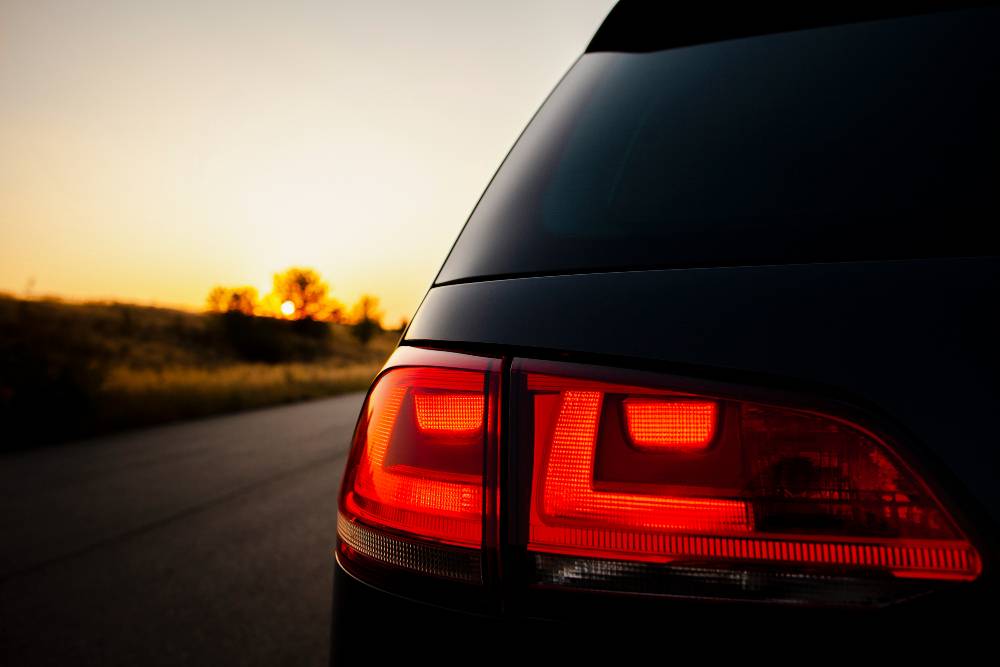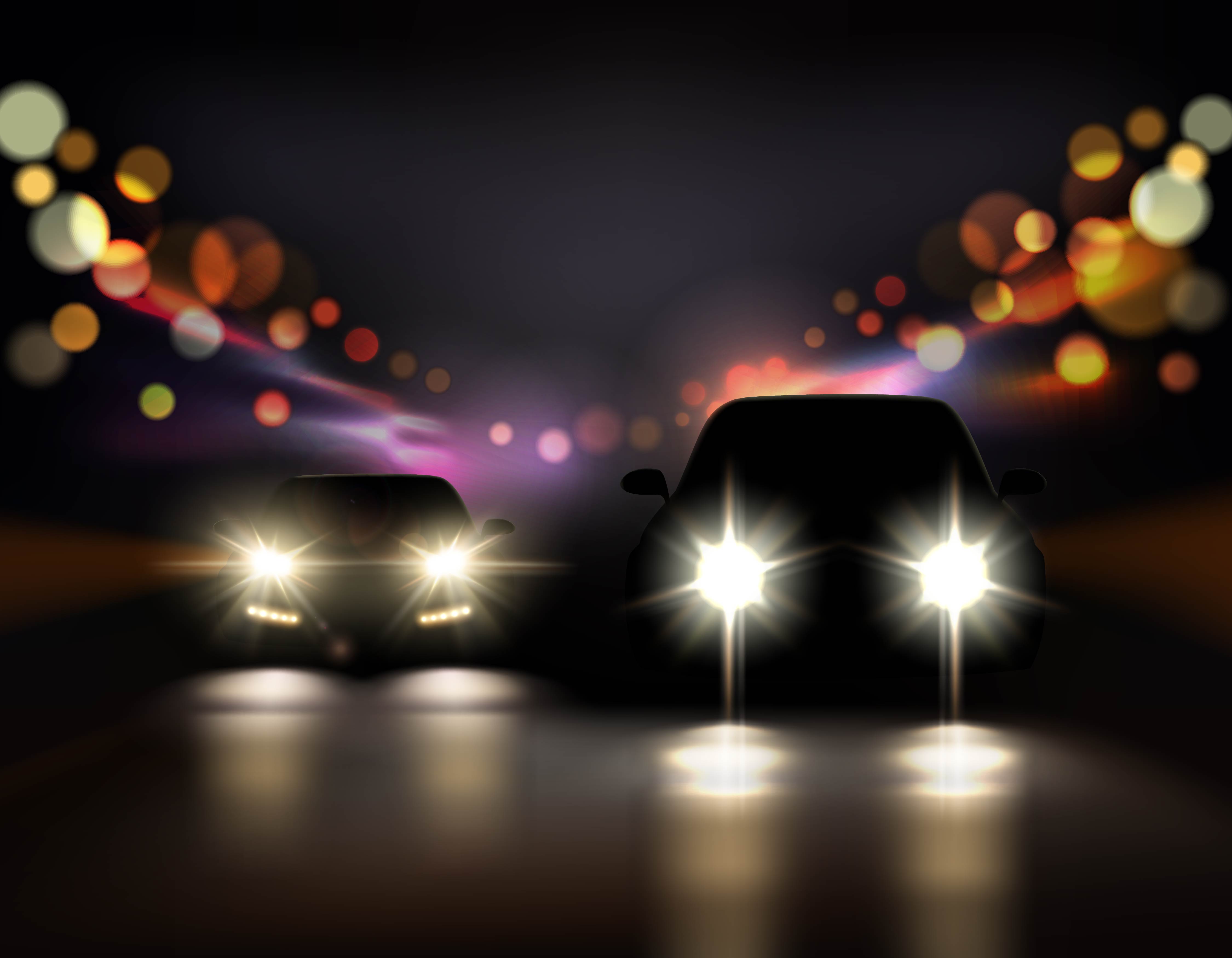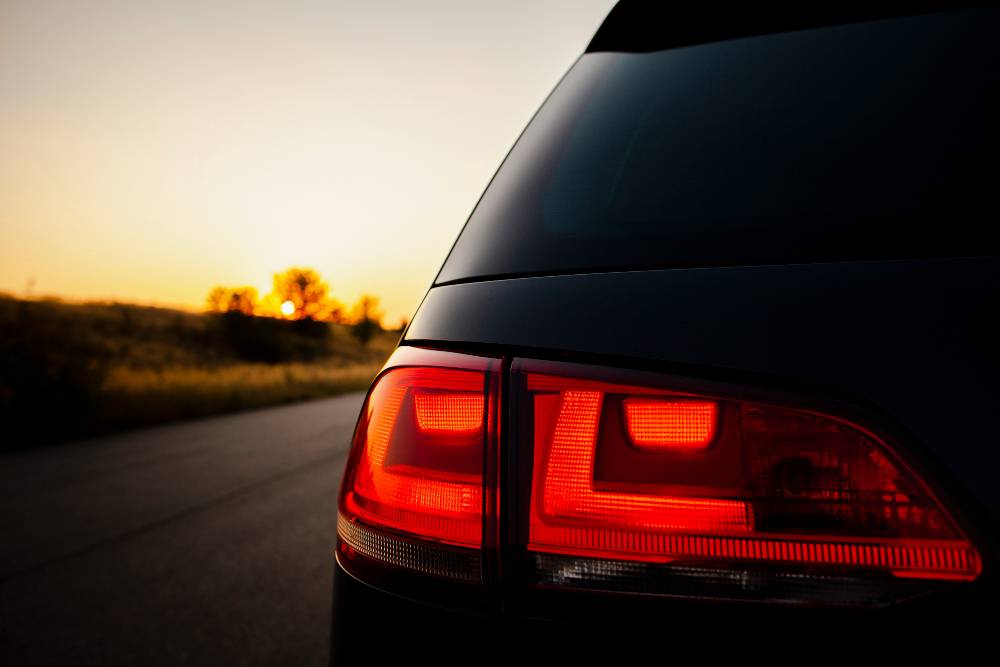Buying a Used Mahindra Scorpio/Tata Safari SUV? Here’s A Checklist You Shouldn’t Miss


Used SUVs scream value, especially if they’re lovingly maintained ones with a single owner in the past. Buying a well maintained example can give you years of reliable service on Indian roads, most of which are less than perfect. While hunting for a used SUV in India, the ones you’ll more or less encounter are Mahindra Scorpios and Tata Safaris, both vehicles being homegrown products that are quite popular in the pre-owned car market as well. However, like all things pre-owned, knowing what you’re getting into will make all the difference between bagging a peach and being stuck with a lemon. CarToq lists out the checklist every prospective buyer of a pre-owned Mahindra Scorpio/Tata Safari must consult before putting money on the table.

The Mahindra Scorpio was and is a best seller in its segment. The high sales of this vehicle means that plenty of examples land up in the pre-owned car market. This SUV holds its value well. The latest variant of the Scorpio are available with two turbo diesel engine options – the 2.2 liter mHawk unit with 120 Bhp-280 Nm, and the 2.5 liter M2DiCR unit with 75 Bhp-200 Nm. Older engines on the Scorpio include the REV116 petrol, the 2.6 liter gear driven direct injected turbo diesel, the chain driven 2.6 liter, direct injection turbo diesel and the 2.6 CRDe unit. Mechanically, most Scorpios have been robust units, with the petrol engined variant being a rarity. Five speed manual transmissions driving the rear wheels/all wheels are the gearbox options on the vehicle.
Avoid the REV116 petrol engined variant, as it’s quite a rare machine and spares could be tough to source.
Vehicles older than 10 years old and/or with over 100,000 kilometers on the odometer are also best avoided. This also rules out the likes of the gear driven 2.6 liter turbo diesel engined variant.
Scorpios involved in accidents and/or vehicles with questionable service history are also best avoided.

2002-2003: Rs. 2.75 lakh – Rs. 3.5 lakh
2004-2005: Rs. 3.5 lakh – Rs. 4 lakh
2006-2007: Rs. 4 lakh – Rs. 5 lakh
2008-2009: Rs. 5.5 lakh – Rs. 6 lakh
2009-2012: Rs. 6.5 lakh – Rs. 9 lakh
Newer than 2012? Model specific pricing is the way to go.

The suspension of the Scorpio, a heavy vehicle, tends to show wear at the bushes. Link rods also need change periodically as these wear out over time and driving distances. Therefore, a longer test drive over patchy surfaces will be a must before purchase, in order to gauge how the vehicle responds.
Braking is another area where the earlier Scorpios weren’t very strong at. While later versions saw braking improved, pad wear is an issue that owners need to deal with. While buying a Scorpio in the used market, checking brake pads for wear is necessary to project expenses post purchase.
The engine and gearbox mounts of the Scorpio need to be periodically replaced. The engine mounts last longer than the gearbox mounts. Labour charges at Mahindra dealerships have been on the rise. Therefore, finding a pristine vehicle is always better.
In the more recent Scorpios, especially the high end variants, Mahindra has added a boat load of electronic equipment, which is not very reliable. A thorough operational check of these parts is necessary as niggle usually prove to be hard to sort.
The clutch is prone to failure on the mHawk engined Scorpios. The slave cylinder gives way, in may cases causing owners to be stranded on the highway. Therefore, watch out for a hard clutch, which is usually the first symptom of the part giving up.

India’s first grown SUV, the Safari has been a steady seller all along, never really managing to hit pay dirt at the hustings. Over the years, Tata Motors has steadily revised the SUV, with facelifts and all-new models. Currently, the Storme is the most refined iteration of the Safari badge. The Safari started out with the TCIC turbo diesel motor, a wheezy unit that struggled to cope with the Safari’s girth. The 2 liter petrol engined model, though quite powerful for its day and age, never really took off as SUVs in India are synonymous with diesel power, at least in buyers’ minds. Likewise, the 2 liter DICOR turbo diesel engine, derived from the Tata 407 pick up truck’s motor, was also a stop gap arrangement. The Safari’s swansong came with the 2.2 liter DICOR turbo diesel motor, which continues to be produced and refined, forming an important part of the SUV’s current line up.
Avoid the 2 liter petrol engined variant, as it’s quite a rare machine and spares could be tough to source.
Vehicles older than 10 years old and/or with over 100,000 kilometers on the odometer are also best avoided. This rules out the 2 liter TCIC turbo diesel engined models as well.
Safaris involved in accidents and/or vehicles with questionable service history are also best avoided.

1998-1999: NA – Rs. 1 lakh
2000-2001: Rs. 1 lakh – Rs. 1.5 lakh
2002-2003: Rs. 1.5 lakh – Rs. 2 lakh
2004-2005: Rs. 2 lakh – Rs. 2.5 lakh
2006-2007: Rs. 3 lakh – Rs. 4 lakh
2008-2009: Rs. 4 lakh – Rs. 5.5 lakh
2010-2011: Rs. 6 lakh – Rs. 8 lakh
Newer than 2012? Model specific pricing is the way to go.

The Safari’s good ride quality is a big brownie point in this SUV’s favour. However, the suspension bushes tend to wear out after say 35,000-40,000 kilometers, given the heft of this big truck like SUV. Changing suspension bushes is an expense that most older Safaris will make you incur.
The clutch is another item that used to pack up early in the 2 liter turbo diesel engined Safari. Although the later examples have largely put clutch issues behind, it would still be prudent to check clutch feel before making a purchase in the used car market.
Like the Scorpio, the Safari tends to run through front brake pads. Replacements aren’t very expensive, but will require time spent in the workshop. Taking the SUV out for a drive and checking for brake feel is an important step during the purchase process. Meanwhile, check out our Mahindra Scorpio: Used Car Buyers’ Guide for great, comprehensive advice on buying one right!
Stay away from the 2 liter TCIC turbo diesel and the petrol engined variants. These engines don’t have a reputation for bomb proof reliability. On the other hand, the 2.2 liter DICOR turbo diesels are much better buys. All the same, checking the engine thoroughly is an important step before purchasing a pre-owned Safari.
Cladding is one aspect of the SUV that tends to crack up with age. The other aspect of course, is rattling body panels. Painting and denting are two expenses that one should budget for, especially while buying vehicles that are over 5 years old.